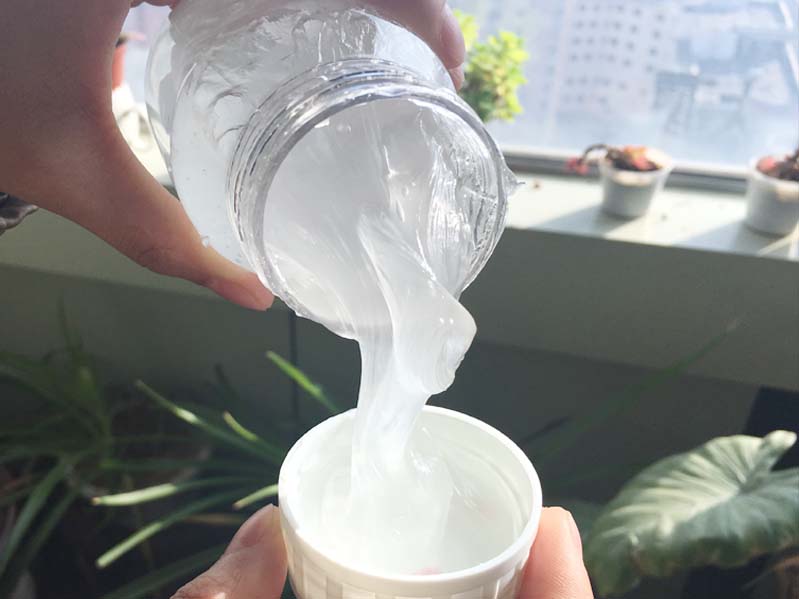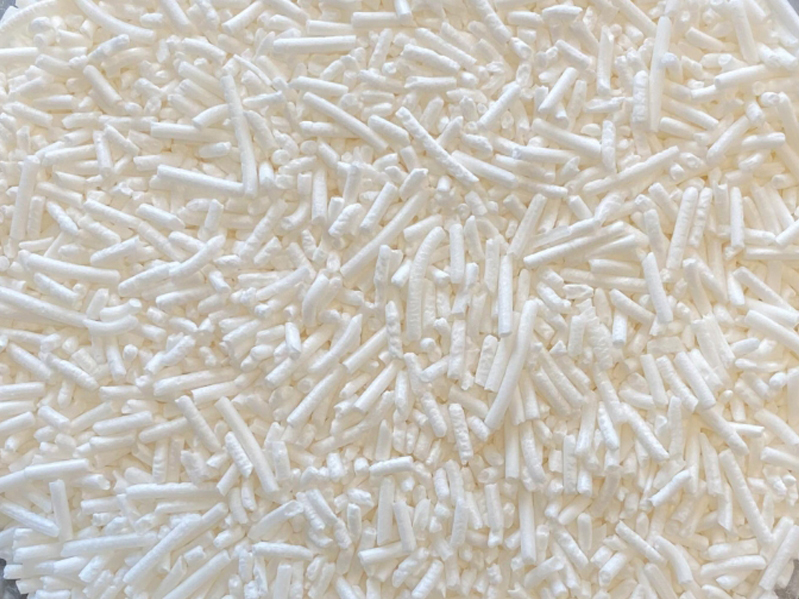Hi, Most of time we find that many new customers do not know the difference between Sodium Lauryl Ether Sulfate (SLES) and Sodium Lauryl Sulfate ( SLS ).
Now I would introduce the difference between SLES and SLS. First, let’s explain SLES and SLS from a producer’s point of views. the same places are that both 2 items also very nice choices for adding into Hair care and detergent products because they have very good ability to remove grease and very good foaming agents, their prices are also economical, however, the key between SLES and SLS is that SLES does not dissolve proteins in tissues like sodium lauryl sulfate. in contrast, SLS is more stimulating than SLES. we would analyze the characteristics and functions of the two items as below detail:
SLES, chemical name is Sodium Lauryl Ether Sulfate, SLES is an anionic surfactant with excellent performance, which can be obtained from coconut or palm oil. The molecular formula is R(OCH2CH2)nOSO3Na (R is 12 alkyl [7-8] ), Appearance: white or light yellow viscous paste, easily soluble in water.

Sodium Lauryl Ether Sulfate SLES It can be widely used in daily chemical, textile, petroleum, leather, printing and dyeing industries. It is also used for washing, emulsifying, wetting, dyeing, and diffusion.
besides, SLES has excellent biodegradability and low temperature performance, high active content, and is not affected by water hardness. Especially as a detergent raw material, it is not only suitable for various powdered washing products, but also suitable for various detergents, such as laundry creams (agents), detergents, dry cleaning agents, cleaning agents, and cleaning agents of various types and uses. detergent, laundry cream, and various shampoos, etc. Because Sodium Lauryl Ether Sulfate has excellent stain removal, emulsifying and foaming properties. It has good thickening properties and foaming ability. For example, adding 2%~5% sodium chloride can easily increase the viscosity of SLES system.
However, in cosmetics, SLES is a little irritating to a certain extent and is not suitable for long-term using for sensitive skin and dry skin.
Regarding the classification of Sodium Lauryl Ether Sulfate, we would introduce two types:
Classification
High concentration product: 70% active content.
Low concentration product: 28% active content.
Appearance:
70: White or light yellow gel-like paste at 25°C.
28: Colorless or light yellow liquid at 25°C.
Above is introduction for Sodium Lauryl Ether Sulfate SLES.
As for Sodium dodecyl sulfate (SDS), also known as Sodium lauryl sulfate (SLS), NaC12H25SO4, is also one of the commonly used anionic surfactants and the main component for detergents. Sodium lauryl sulfate is white needle-like or light yellow powder in appearance, easily soluble in water and insensitive to alkali and hard water.

With decontamination, emulsifying and excellent foaming power, its biodegradability is >90%. Commonly used in DNA extraction processes to separate proteins from DNA after denaturation. It is widely used as a foaming agent in toothpaste, soap, body wash, shampoo, laundry detergent, and cosmetics. nowadays 95% of personal skin care products and household cleaning products contain sodium lauryl sulfate, but it is absolutely not recommended to add it to children’s shampoo products. If you need to manufacture mild baby shampoos, skin care products, or medium and high-grade shampoos, body washes, we prefer to recommend the ingredients about Cocoamidopropyl Betaine to you.
Regarding SLS, this ingredient has been rumored to be a carcinogen for a period of time. The Cosmetic, Toiletry, and Fragrance Associaton (The Cosmetic, Toiletry, and Fragrance Associaton) therefore publicly clarified on its official website that there is currently no evidence that this ingredient will cause cancer. cause cancer. The American Cancer Society also said so. It is true that high doses of this substance may irritate the skin, however, it is used in limited concentrations as a foaming agent in general sanitary products and is regulated worldwide.
To sum up, as mentioned at the beginning of the article, both 2 items are great choices to add SLS and SLES as raw materials for household washing, detergent and washing powder.
but in skin care products or shampoos, The difference between SLES and SLS is that SLS is more stimulating than SLES. Therefore, manufacturers tend to use SLES instead of SLS in skin care products to avoid any skin irritation. However, for advanced shampoos or baby products, manufacturers can use betaine-based product raw materials as appropriate, sucn as Cocoamidopropyl Betaine. the end buyers can also look at the product ingredients and affordable prices to consider purchasing.
To sum upHope this is useful information for you, thanks. if you have more interests, you could contact us on WhatsApp or send Email to ask more details.